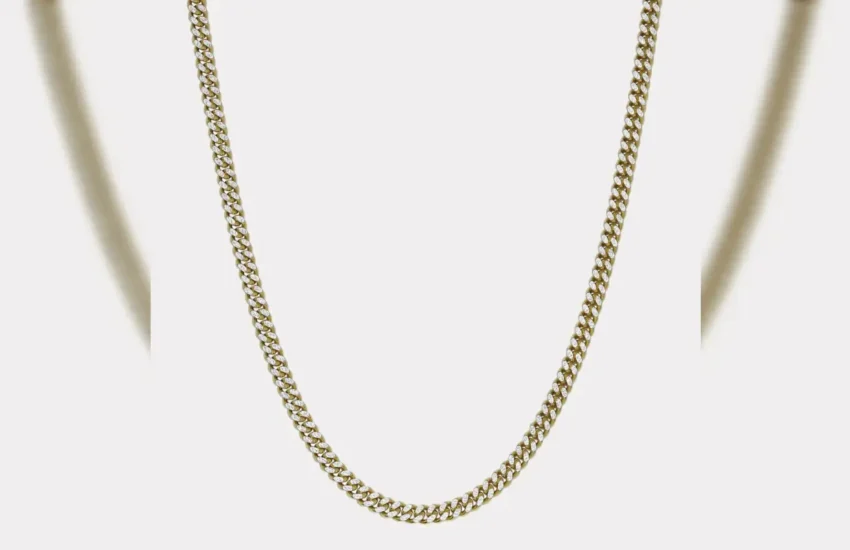A Step-By-Step Guide to Relaxation
Getting into a relaxed state of mind can be tricky, but luckily there are a few steps that will help. This article covers some basic steps that can help you relax, such as breathing slowly, progressive muscle relaxation, and a release-only technique.

Progressive Muscle Relaxation
Developed in the 1930s by Edmund Jacobson, Progressive Muscle Relaxation is a simple relaxation technique that works on the body. It is designed to release tension and physical pain caused by stress and can help alleviate anxiety and improve sleep.
The technique involves systematically tensing and relaxing muscle groups. You can start at the top of your head and work your way down. Or you can apply or buy CBG oil to help you relax. Once you feel relaxed, try to imagine a calm and peaceful place in your mind. You can do this by using visualization techniques or just by visualizing a quiet place.
The process is easy to learn and involves tensing and relaxing each muscle group. You can repeat this cycle for about thirty seconds or longer. Ideally, you will be in a quiet space without interruptions.
Progressive muscle relaxation is not recommended for people with back problems. However, it can be used with other treatments, such as cognitive-behavioral therapy, to ease physical pain caused by stress.
Breathing Slowly
The physiological effects of slow breathing are vast. The literature has emerged in the last decade and has been investigated in healthy individuals and disease states. This review aims to provide a basic definition of slow breathing and to give a broad overview of its physiological implications for the respiratory and cardiovascular systems.
Slow breathing is a method of breathing that promotes relaxation and concentration. It can also help reduce anxiety and stress. However, the scientific basis for these effects still needs to be better understood.
Slow breathing is a relaxation exercise that involves breathing slowly through the nose. In the initial phases of the training, your heart may speed up. However, your breathing slows over time, and your tension begins to drain away.
Release-Only Technique
Using a release-only technique to its best advantage can lead to the aforementioned oohs and aahs. While you are at it, check out the free multiple-choice tests. After all, the competition is fierce. Those with a competitive edge should be proud to show off their newfound knowledge. This is an opportunity to pounce on the competition and not get ripped off. Besides, you can leave the cash alone to learn the ins and outs of relaxation. Using the proper techniques can lead to a lifelong sexier you than you’d expect from your better half. The best part is you’ll have the time to boot!
Before Bed
Creating a relaxing environment before bed is essential to getting a good night’s sleep. You can transform your bedroom into a sleep sanctuary by unplugging and setting a mild temperature. You can also use aromatherapy or other self-meditation techniques to help you relax and sleep. These steps will help you fall asleep faster and stay asleep longer.
First, you need to relax your muscles. You will need to take five slow, deep breaths to do this. Breathing from the belly helps you activate the relaxation response, which reduces stress, lowers blood pressure, and lowers heart rate. You will also need to lie down and put your hands on your chest and stomach. Once you’ve settled into a comfortable position, you can meditate. Again, you can begin with five minutes and work up to a more extended period as you become more comfortable.
Another important relaxation technique is the body scan. This involves focusing on each of the body’s muscles and how they interact with the other parts. It begins with your head and moves through the shoulders, chest, arms, and legs. Then, you can relax the muscles in your face, including your cheeks, eyebrows, and eyelids.


